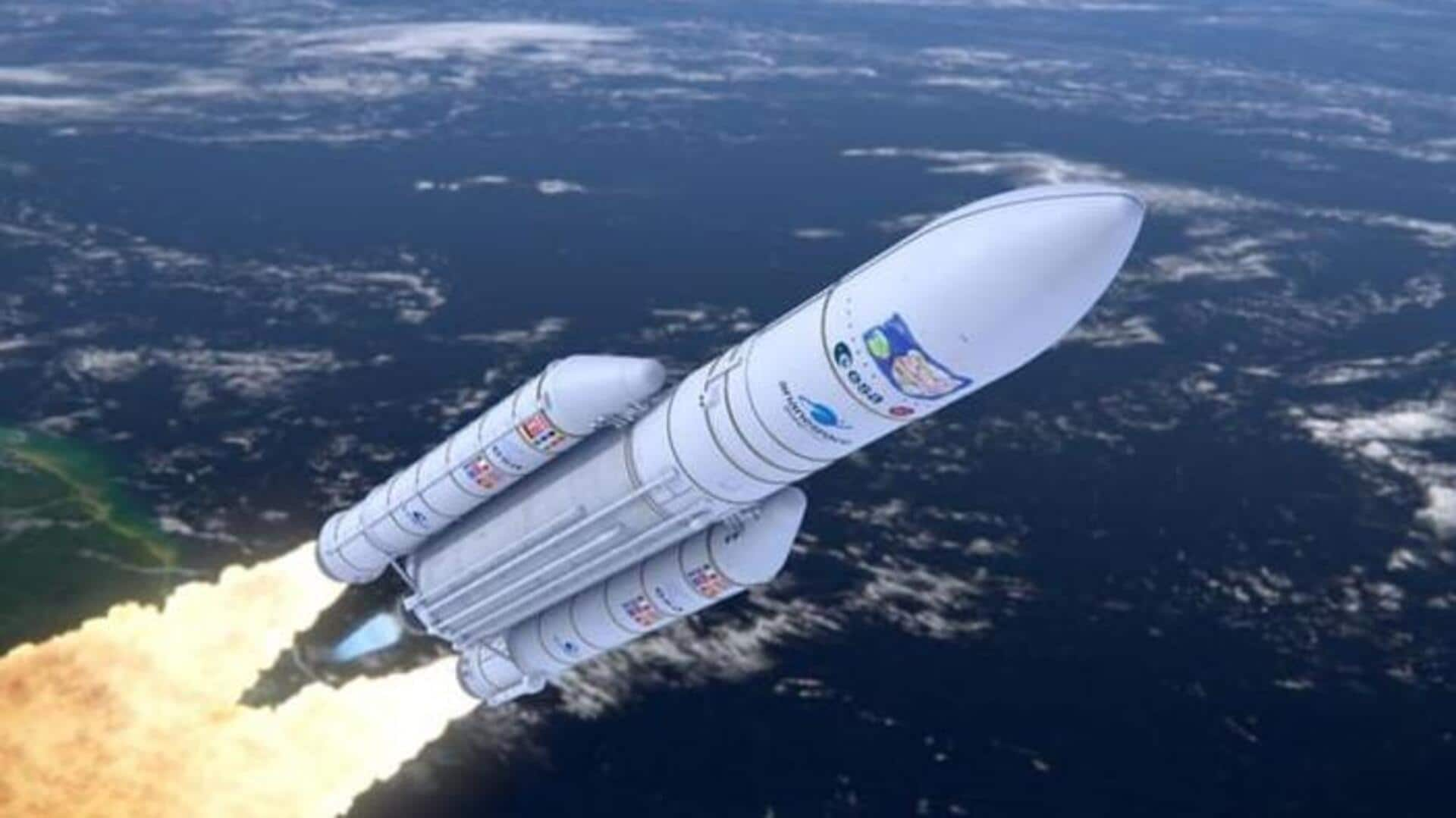
Top 7 extraordinary space missions of 2023
What's the story
As we bid farewell to 2023, let's take a moment to marvel at the most captivating space stories that unfolded this year.
From exhilarating missions to the Moon and Jupiter to awe-inspiring images of the cosmos, 2023 has been a year of remarkable achievements in space exploration.
Among these groundbreaking missions is India's Chandrayaan-3, which scripted history by being the first to land near the Moon's south pole.
Let's dive into the highlights of this year's thrilling space adventures.
Chandrayaan-3
Chandrayaan-3 involved soft-landing and roving on Moon's surface
The Chandrayaan-3 mission notched several crucial milestones, along with the historic lunar landing in August.
The mission detected life-supporting elements on the Moon, marking the first-ever in-situ measurements of the region's elemental composition.
In the latest, the ISRO has performed another unique maneuver. The Propulsion module was successfully moved from the lunar orbit to Earth orbit.
This feat showcases the ability to return spacecraft from the Moon, thereby paving the way for future sample return and crewed missions.
Aditya-L1
Aditya-L1: India's first space-based solar observatory
India successfully launched its first space-based solar observatory, Aditya-L1, in September.
The mission is currently on its way to the halo orbit around the Sun-Earth system's Lagrange point 1 (L1), which lies approximately 1.5 million kilometers from Earth.
From this vantage point, the spacecraft will be able to perform real-time monitoring of the Sun and its effects on space weather.
The mission is expected to reach its target location on January 7.
Starship
Starship: World's most powerful rocket flew on two test flights
Earlier in April, SpaceX made headlines with the first launch attempt of Starship, the world's most powerful rocket. Sadly, the rocket exploded during the attempt.
Starship flew on its second test flight in November. Although that flight also ended in an explosion, it gave several positive results like a smooth liftoff and successful stage separation.
Elon Musk envisions Starship will eventually transport humans to Mars. NASA is relying on Starship for its Artemis 3 crewed lunar mission, planned for 2025.
OSIRIS-REx
OSIRIS-REx: NASA's first asteroid sample-return mission
NASA returned its first-ever asteroid sample via OSIRIS-REx. The sample was collected from a near-Earth asteroid called Bennu, estimated to be 4.5 billion years old.
NASA unveiled that the specimen contains water and a significant amount of carbon, suggesting that asteroids like Bennu could have transported life-supporting elements to Earth.
For the next two years, scientists will examine the asteroid sample in a dedicated clean room at Johnson Space Center, US. The specimen will also be distributed to researchers worldwide.
NASA
Laser communication experiment that could be vital for future missions
In October, NASA launched an innovative experiment to test laser communications in deep space, which could make way for faster data transmission rates and could even support video streaming from Mars.
NASA recently accomplished a crucial milestone by performing the most distant demonstration of laser communications. The data was sent from almost 16 million kilometers away.
During its journey, this experiment will demonstrate high-speed data transmission up to 390 million kilometers, which is more than twice the Earth-Sun distance.
Japan
Japan's SLIM mission aims to demonstrate precise lunar landing
In September, Japan sent Smart Lander for Investigating Moon (SLIM) to demonstrate an accurate soft landing on the Moon.
Once the probe reaches lunar orbit, it will demonstrate a "pinpoint" lunar landing, with greater accuracy than what former missions have been able to achieve.
In this case, SLIM aims to touch down within 330 feet of a target location within Shioli Crater.
If SLIM is successful, it could lead to more ambitious space exploration missions in the future.
JUICE mission
JUICE mission will shed light on Jupiter and its moons
In April, the European Space Agency (ESA) sent a probe to Jupiter to find out if the giant planet was ever habitable.
Dubbed JUICE (Jupiter Icy Moons Explorer), the mission will explore the Jovian moons, namely Europa, Callisto, and Ganymede, as they are thought to harbor liquid oceans beneath their icy crusts.
However, the spacecraft has an eight-year voyage ahead to reach Jupiter. It will rely on gravitational assists past Venus, Mars, and Earth to enter Jupiter's orbit in 2031.